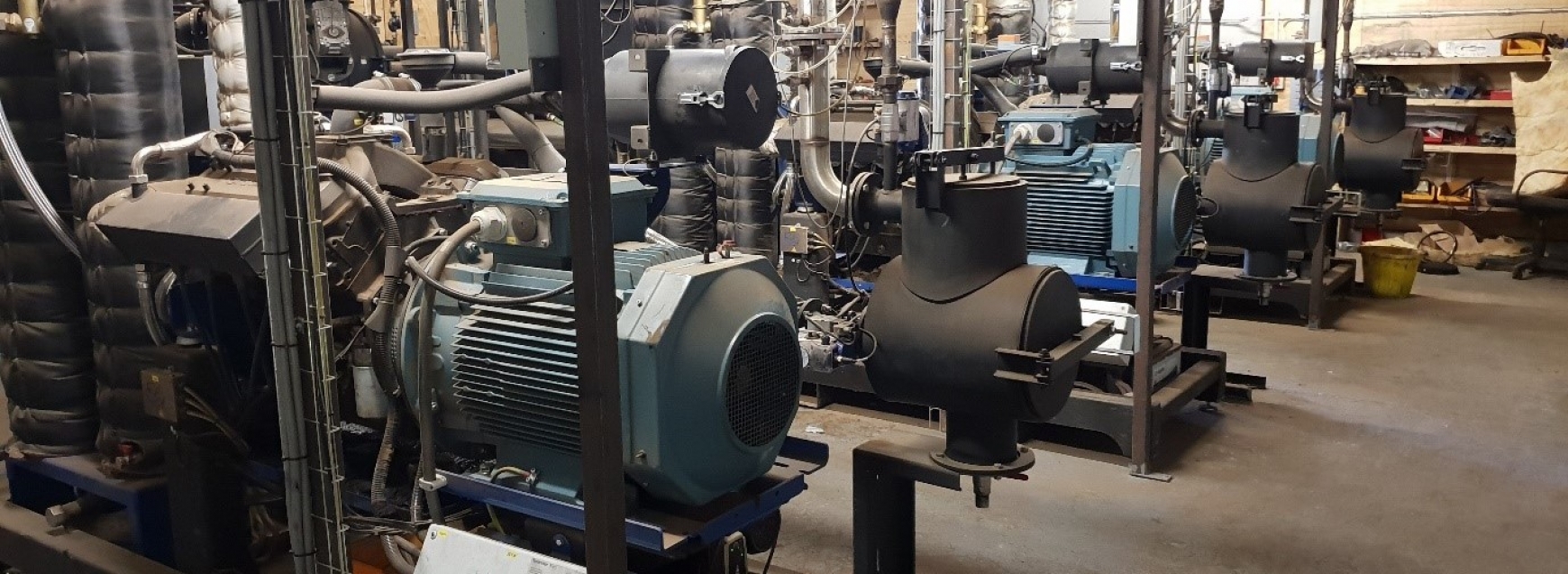The recently announced outcome from Ofgem's Targeted Charging Review (TCR) will mean a reduction of around £2.50/MWh of electricity exported to the grid by embedded generators with effect from April 2021.
What is an embedded generator?
An embedded generator (EG) is a generator of electricity that connects to ‘the grid’ via the Distribution Network Operator (DNO) in their area. Whether you are a generator of renewable electricity or fossil fuel-based does not matter.
Only the big ‘power stations’ connect to the grid via the Transmission Network. If you are an existing customer of ours, we can say with confidence that you are an EG.
What is the TCR?
One of Ofgem's key roles is to ensure that electricity consumers do not pay more for their energy than is truly necessary. One result of this is a seemingly never-ending conveyor belt of reviews and this is one of them.
It was triggered largely by the significant increase in embedded generation (dominated by renewables). This has resulted in fewer kWh passing through meters, be that from the Transmission Network to the DNOs and even electricity imported by individual sites. Whilst the cost of running ‘the grid’ has a significant fixed cost, a lot of it was recovered via p/kWh fees. So, the reduction in kWh has meant that those least able to invest in EG or energy-saving measures have been progressively picking up a bigger and bigger share of the bill. This was deemed to be unfair and ultimately unsustainable; hence the review. Note, the £2.50/MWh loss for EGs is only the start, we await further announcements over the next year or so with a degree of trepidation!
Why £2.50/MWh?
This is because the Balancing Services Use of System (BSUOS) embedded benefit, will no longer be paid; it varies but £2.50/MWh is a reasonable indication. There was also a possibility that BSUOS would do a complete U-turn and become a cost to embedded generators; so, a combined loss of £5.00/MWh. This complete U-turn has not yet gone away but the fact that it was not announced alongside the loss of income gives us a little hope.
If you have a fully fixed ‘everything included’ PPA BSUOS might not be listed as a separate item on your export statement but it will form part of the final price you get. It is possible that some long term PPAs that extend beyond April 2021 will include a clause that allows them to reduce what they pay you accordingly due to ‘regulatory changes. But with the change being implemented from April 2021 smaller PPAs are likely to be renewed before then anyway.
Anything else on the horizon?
Yes! The TCR is also looking at how electricity import supplies are charged. Sites that can manage their electricity use to avoid TRIAD fees and ‘red band’ (consumption at teatime on weekdays) can make significant savings. In extreme cases, a site could be importing very little electricity but still be reliant on the grid for voltage stability and backup power when their generator is not running. Whilst this is a perfectly legitimate thing to do, it is felt that the current charges regime leaves those who cannot do this to pick up an even bigger bill and does not fully reflect the value of the voltage stability and backup power provided by the grid. Quite how this pans out remains to be seen but it is pretty much certain that the benefit of TRIAD and red band avoidance for electricity consumers that can currently do it will be eroded by some means but this might not take effect until April 2022.


